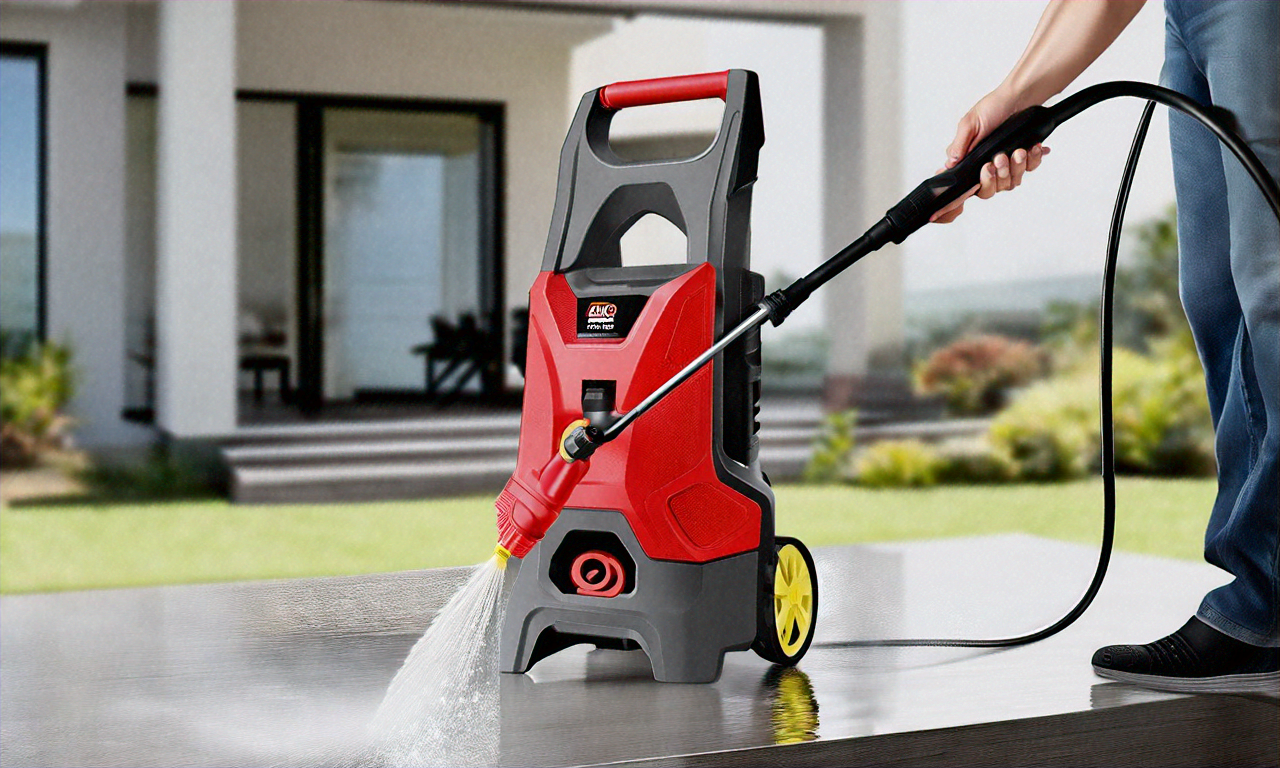Power Washer Guide: Cleaning Tips, Models, and Heavy-Duty Options
Power washers are compact tools designed to help with small cleaning tasks at home. Understanding how they work, their key features, and proper usage can make everyday cleaning more manageable while keeping surfaces cared for safely and efficiently overall.

Power washers have revolutionized how we approach outdoor cleaning, offering a powerful solution for maintaining everything from residential patios to commercial building exteriors. These machines harness water pressure to blast away stubborn dirt, mildew, and accumulated grime that traditional cleaning methods struggle to remove.
Essential Power Washer Cleaning Tips and Techniques
Mastering proper power washing techniques ensures effective cleaning while protecting your surfaces. Start by selecting the appropriate nozzle for your task - wider spray patterns work best for delicate surfaces like wood siding, while narrow patterns tackle concrete and heavily soiled areas. Always test pressure settings on an inconspicuous area first. Work from top to bottom, maintaining consistent distance from the surface, typically 12-24 inches. Pre-treat stubborn stains with appropriate cleaning solutions and allow them to dwell before power washing. For wooden surfaces, follow the grain direction to prevent damage, and avoid using excessive pressure that could strip paint or gouge soft materials.
Portable Power Washer Models for Versatile Cleaning
Portable power washers offer convenience and flexibility for various cleaning projects. Electric models typically range from 1,300 to 2,000 PSI, making them ideal for light to medium-duty tasks like washing cars, cleaning patio furniture, and maintaining small decks. These units are generally quieter, require less maintenance, and start instantly without pull cords. Gas-powered portable models deliver higher pressure ratings, usually between 2,500 to 3,200 PSI, suitable for larger cleaning projects. Battery-powered options provide ultimate portability for quick touch-ups and areas without electrical access, though they typically offer lower pressure and shorter runtime.
Heavy-Duty Power Washer Applications and Features
Heavy-duty power washers are engineered for demanding commercial applications and extensive residential projects. These robust machines typically deliver 3,000 PSI or higher, with commercial units reaching 4,000+ PSI. They feature larger engines, reinforced frames, and professional-grade pumps designed for extended operation. Heavy-duty models excel at removing graffiti, cleaning large concrete areas, stripping paint, and maintaining industrial equipment. Many include hot water capabilities, which significantly improves cleaning effectiveness for grease and oil removal. Professional contractors often choose trailer-mounted units for maximum mobility and extended cleaning capacity.
| Power Washer Type | Brand/Model | Pressure Range | Price Range |
|---|---|---|---|
| Electric Portable | Sun Joe SPX3000 | 2,030 PSI | $150-$200 |
| Gas Portable | Simpson Cleaning MSH3125 | 3,200 PSI | $300-$400 |
| Heavy-Duty Electric | Karcher K5 Premium | 2,000 PSI | $250-$350 |
| Heavy-Duty Gas | Generac 6565 | 4,200 PSI | $800-$1,200 |
| Commercial Grade | Mi-T-M CW-3004-4MGH | 3,000 PSI | $2,000-$3,000 |
Prices, rates, or cost estimates mentioned in this article are based on the latest available information but may change over time. Independent research is advised before making financial decisions.
Maintenance and Safety Considerations
Proper maintenance extends power washer lifespan and ensures consistent performance. Regularly inspect and clean inlet screens, check oil levels in gas models, and winterize units in cold climates by running antifreeze through the system. Replace worn nozzles and maintain proper hose connections to prevent pressure loss. Safety should always be the top priority - wear protective eyewear, closed-toe shoes, and avoid directing spray toward people, pets, or electrical components. Never use ladders while operating power washers, and be cautious around windows and delicate landscaping.
Choosing the Right Power Washer for Your Needs
Selecting the appropriate power washer depends on your specific cleaning requirements and frequency of use. Consider the types of surfaces you’ll clean most often, available storage space, and whether you need portability. Electric models suit most homeowners with occasional cleaning needs, while gas-powered units serve those requiring higher pressure or extended runtime. Factor in long-term costs including fuel, maintenance, and potential repairs when making your decision.
Power washers represent a valuable investment for property maintenance, offering efficiency and effectiveness that manual cleaning methods cannot match. By understanding different model types, proper techniques, and maintenance requirements, you can select and operate a power washer that meets your specific cleaning challenges while delivering years of reliable service.




